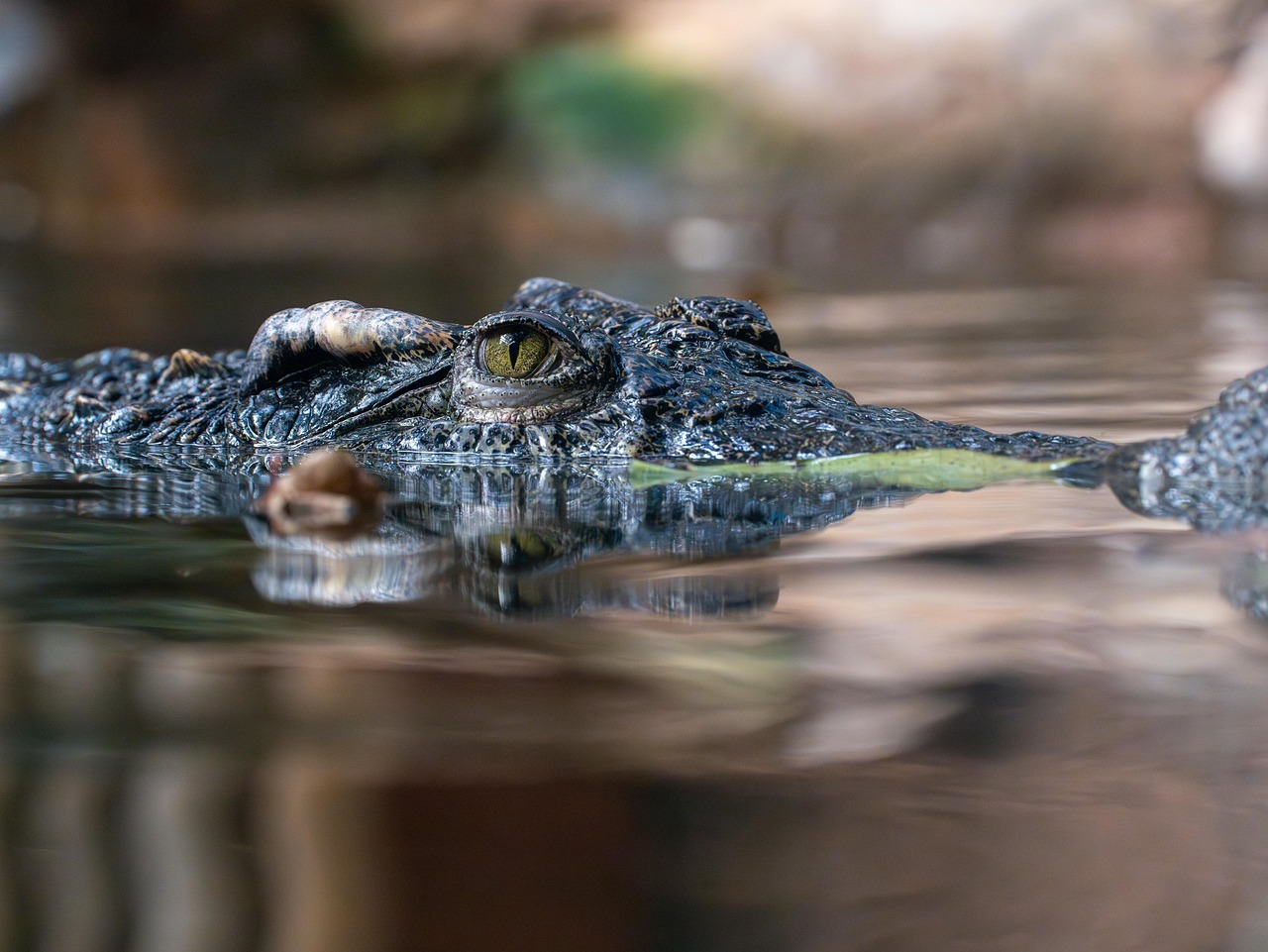Image by Abibniosky from Pixabay
Genetic research uncovers two previously unknown crocodile species on Cozumel and Banco Chinchorro, highlighting the need for targeted conservation efforts.
🐊 Hidden Giants of the Caribbean
In a groundbreaking discovery, scientists have identified two new crocodile species inhabiting the isolated islands of Cozumel and Banco Chinchorro, off Mexico’s Yucatán Peninsula. These findings challenge the long-held belief that the American crocodile (Crocodylus acutus) was a single, widespread species across the Caribbean and parts of Central America.
The research, led by Professor Hans Larsson and Dr. José Avila-Cervantes from McGill University, involved analyzing genetic sequences from crocodile populations across the region. The results revealed significant genetic differences in the island populations, indicating they are distinct species rather than mere variants of C. acutus.
“These results were totally unexpected,” said Dr. Avila-Cervantes. “We assumed Crocodylus acutus was a single species ranging from Baja California to Venezuela and across the Caribbean.”
🧬 A Closer Look at the Findings
Each of these newly identified species exists in small, isolated populations, with fewer than 1,000 breeding individuals. While currently stable, their limited numbers and restricted habitats make them particularly vulnerable to environmental changes and human activities.
🌿 Conservation Implications
The discovery of these unique species underscores the importance of targeted conservation efforts. Recognizing the Cozumel and Banco Chinchorro crocodiles as distinct species allows for more precise conservation strategies, including habitat protection and management plans tailored to their specific needs.
“Now that we recognize these crocodiles as distinct species, it’s crucial to protect their habitats,” emphasized Professor Larsson. “Limiting land development and implementing careful conservation strategies on Cozumel and Banco Chinchorro will be key to ensuring their survival.”
The research team published their findings in the journal Molecular Phylogenetics and Evolution, providing a foundation for future studies and conservation initiatives.
🔍 The Bigger Picture
This discovery highlights the hidden biodiversity that can exist even among well-known species. It serves as a reminder of the importance of genetic research in uncovering the true diversity of life on Earth and the need for proactive conservation measures to protect these newly identified species.
🌟 What’s Next?
As we continue to explore and understand the rich tapestry of life in the Caribbean, what other hidden species might be awaiting discovery? The identification of these two new crocodile species opens the door to further research and conservation efforts in the region. dailyscitech










